Dr. Phil Zeltzman’s Blog
How Nestle’s leg almost got amputated
Nestle, a 6 year old pit bull, started limping on her left hind leg. Her owner took her to her family vet to figure out what was wrong.
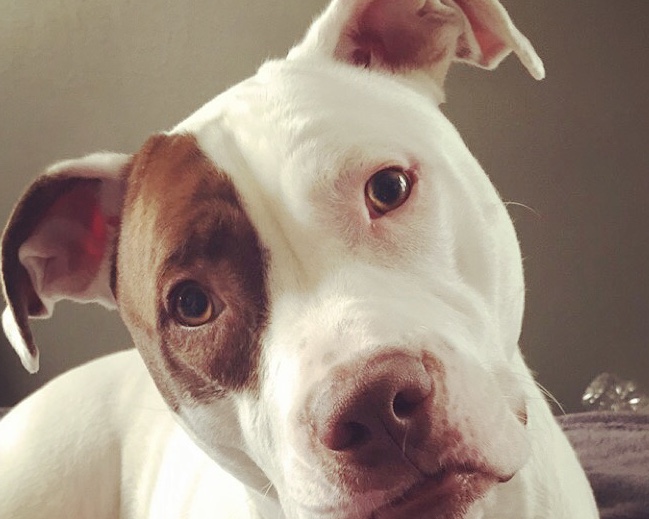
The vet took one X-ray of the leg and gave the owner some devastating news: Nestle had bone cancer – most likely osteosarcoma. He recommended that she been seen by a surgeon to discuss what options were available.
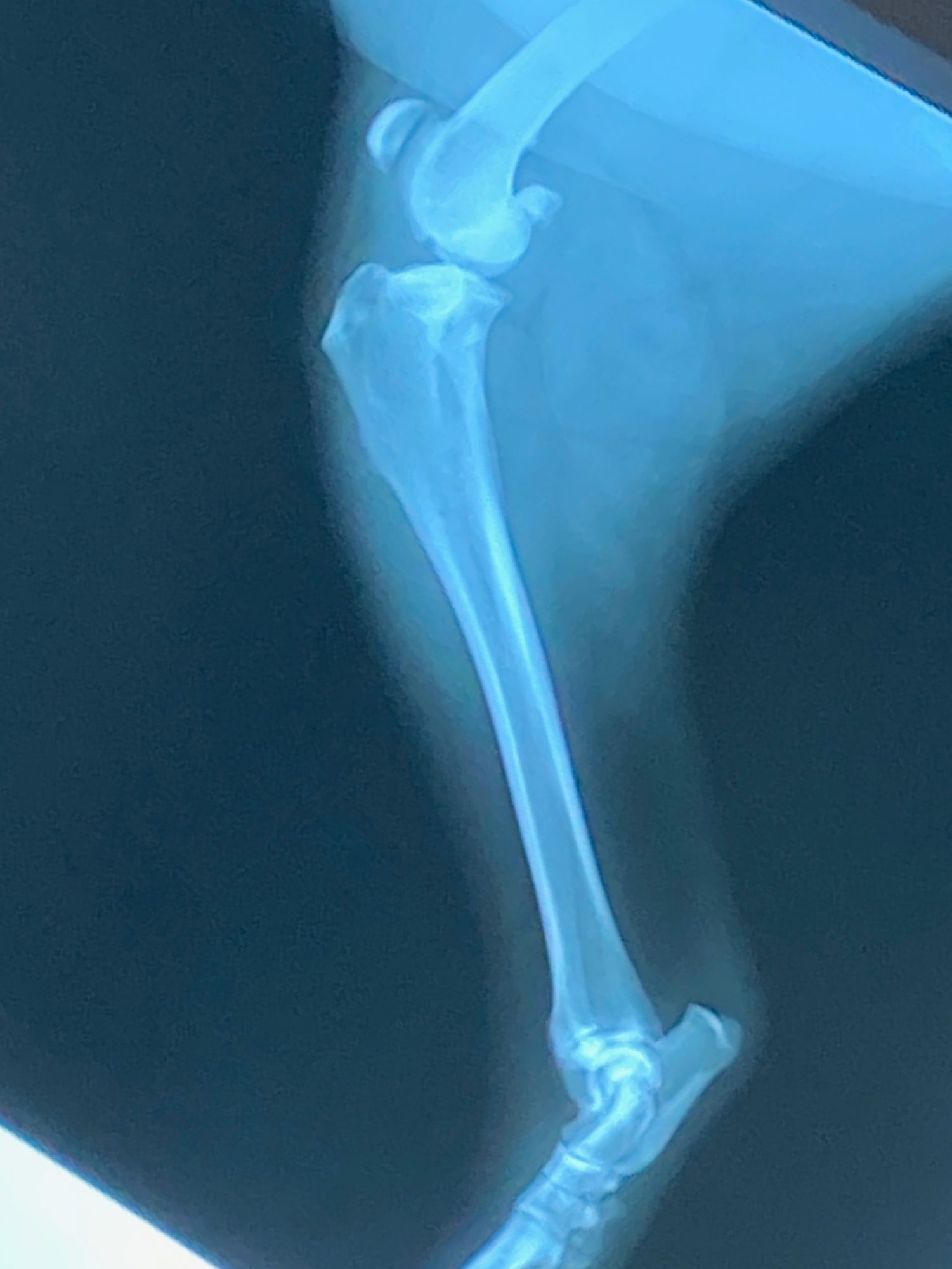
Nestle’s dedicated owner immediately took her to see the surgeon. He reviewed the X-ray taken by the family vet and agreed with the diagnosis. Then he recommended to take her to surgery right away to have her leg amputated. Amputation is indeed the standard of care for bone cancer.
But Nestle’s owner didn’t feel right about the whole situation. He couldn’t explain it. It just didn’t sit right with him. “I knew we had to get a second opinion. When I looked at Nestle, something just told me I wasn’t getting the most accurate information.”
Trusting his gut, he reached out to me for a second opinion about his dog’s unfortunate situation. I asked him to send me the X-ray his vet had taken for me to review. After looking it over thoroughly, and with all due respect, I didn’t see anything convincing on the X-ray.
That put me in a diplomatically tricky position…
I told him that I would not feel comfortable amputating Nestle based on that X-ray only.
Instead, I recommended doing a full “workup” – by the book.
X-rays of the bone in question, in addition to the knees and the hips to be thorough. I also recommended chest X-rays since bone cancer readily spreads to the lungs. And full blood work for good measure, to make sure Nestle was a good candidate for anesthesia.
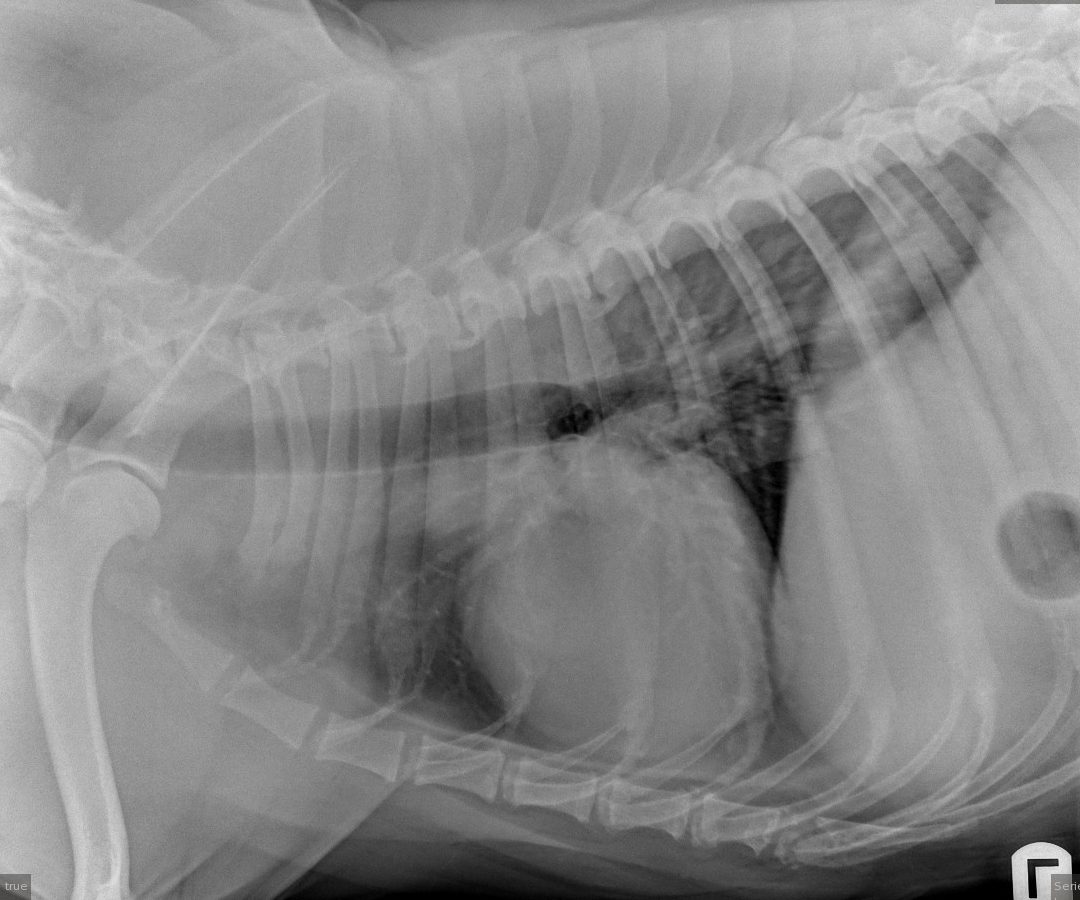
That was a big leap of faith, and a significant expense, but Nestle’s owner trusted me enough to follow my advice.
Once I received the X-rays from the clinic I referred him to, there was no question in my mind. Nestle did not have bone cancer. To be extra safe, I even emailed the X-rays to several surgeon friends. They all agreed with my opinion: no sign of bone cancer.
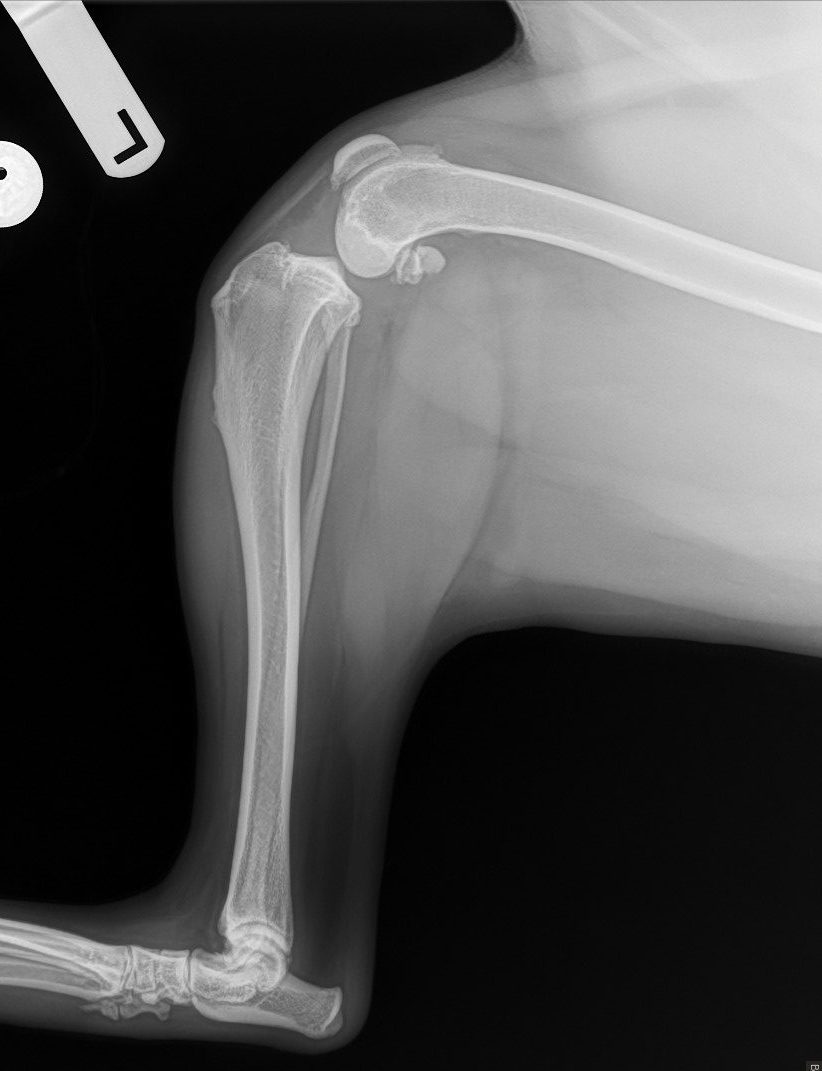
So what did Nestle have? A torn ACL.
Rather than an amputation, she needed a TPLO (Tibial Plateau Leveling Osteotomy).
Both happy and a bit uneasy (i.e. going against a family vet’s and another surgeon’s opinion), I delivered the news to Nestle’s owner. He was beyond grateful for the amazing news.
Can you imagine the emotional roller coaster?
We set up surgery for her TPLO procedure the following week. She had a successful surgery and recovered uneventfully.
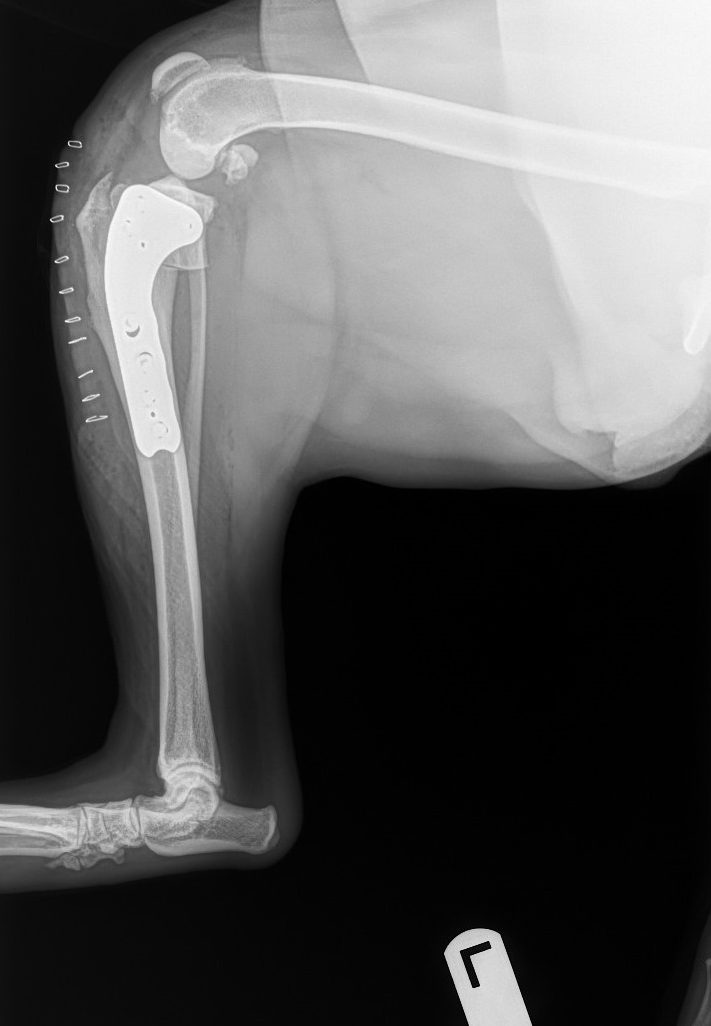
The owner and his family were so happy. They were relieved that they trusted their gut and pursued a second opinion for their dog.
What’s the moral of the story? My point is certainly not to pretend that I am smarter than the other surgeon.
Here are a few points to never forget if you get in a similar situation:
. A thorough vet will always do specific things rather than cut corners. For example, we almost always need “2 views” or 2 X-rays, to get a better idea of the anatomy in 3D: one from the front and one from the side. Nestle’s vet, with all due respect, only took a view from the side. I always ask for “2 views” of the bone.
. When cancer is suspected, we usually take chest X-rays to make sure the cancer hasn’t spread to the lung (I say usually because in some cases we need to look inside the belly for spreading). Can you imagine amputating a dog’s leg, and then later realizing that the lungs are full of metastasis?
Incidentally, a thorough vet will take not 2 but 3 views of the chest: one of the front, and one from each side. Again, don’t cut corners.
. And of course, we always perform full blood work before putting a patient under anesthesia, to ensure they are a good candidate, ie internal organs such as the kidneys and the liver, are healthy enough.
. And here is my final and most important point: whenever something doesn’t seem or feel right about a practice, a vet or a treatment recommendation, you should trust your gut. It is your absolute right to get a second opinion if you aren’t comfortable.
You should never feel embarrassed or ashamed to seek a second opinion. You need to be your pet’s best advocate.
The diagnosis and the outcome may not be any different, but at least you can rest assured that you will make the best possible decision for your pet.
“The initial thought of losing Nestle to bone cancer absolutely crushed my family and I. Nestle is a rescue & since the day I rescued her, I vowed to do everything in my power to keep her safe and comfortable throughout her life after a rough beginning. After her initial diagnosis, I felt like I had failed her. But there was something about Nestle’s demeanor, I can’t explain it, I knew there was more to the initial diagnosis. And I knew I wanted a second opinion, especially after such a serious diagnosis.”
And he concludes:
“Without a doubt, Dr. Zeltzman and the staff at the clinic changed Nestle‘s life for the absolute best, and they gave me back my best friend when I thought I’d lost her for good.”
Phil Zeltzman, DVM, DACVS, CVJ, Fear Free certified

Dr. Phil Zeltzman is a traveling veterinary surgeon in Pennsylvania & New Jersey. An award-winning author, he loves to share his adventures in practice along with information about vet medicine and surgery that can really help your pets. Dr. Zeltzman specializes in orthopedic, neurologic, cancer, and soft tissue surgeries for dogs, cats, and small exotics. By working with local family vets, he offers the best surgical care, safest anesthesia, and utmost pain management to all his patients. Sign up to get an email when he updates his blog, and follow him on Facebook, too!

